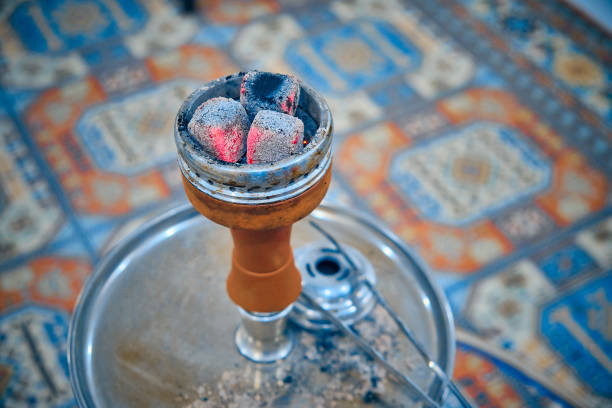The fire season in the Southwest is getting longer.
San Diego has had several major fires over the last two decades. Clients and friends have lost their entire lives to these fires.
Cleaning up is a big project for those who didn’t lose their home. Smoke and ash are standard, as is an acrid smell that permeates every corner. Fine fire particulate enters HVAC systems, comes in through windows and doors, and causes odors until they are physically removed.
Smoke odor isn’t the only thing that can irritate. These airborne particulates from fires can cause sore throats, coughing, irritation of the eyes, nose bleeding, and other sinus problems. Asthmatics should be extra cautious when outside due to this pollution. The worst affected areas will likely need to leave their neighborhood to breathe fresh air.
You can find some tips on fire cleaning from IICRC here.
You can also find some cleaning tips here.
Clean up quickly from ceiling to floor. Plan to do it again
The smell of burnt plastics, metals, and everything you can imagine incinerating was horrendous. I live in Ramona. Not just ash but the fragrance of burnt plastics, metals, and every other item you can imagine incinerated.Those who did not have direct fire structural damage requiring fire restoration/rebuilding contractors sought out professional cleaning companies to handle it all: air duct cleaning, ceiling and wall cleaning, carpet cleaning, hard floor cleaning, air scrubbers to get the air cleaned, and rug cleaning. Most insurance companies cover this type of cleaning for both owners and tenants of homes/businesses.
After rushing to make our indoor spaces habitable, we were hit by another Santa Ana wind a few weeks later. This one picked up soot & ash and blew them all over again. We cleaned again.
I advise my clients to clean everything quickly because soot/ash is acidic and can damage most surfaces and fabrics. But be prepared to do this again within the next two months unless there are rains that will help to prevent the soot and the ash from becoming airborne.
When cleaning rugs, it is necessary to remove soot, smoke, and other contaminants.
If your rugs smell of smoke but only a mild to moderate odor, you can wash them with a standard detergent. This will remove the tiny particles that have stuck to the fibers. They also carry the scent. After cleaning your rug, regular vacuuming will keep it in good condition.
This is the most frequently asked question, so I have answered it in detail.
More severe fire damage requires extra care.
The rug will need to be washed and deodorized with solutions designed to remove the source of the odor from natural fibers, such as wool, silk, or cotton.
This rug is an example of a carpet that has been damaged beyond repair.
Wool is an excellent material because it has a lot of moisture, which makes it self-extinguishing in many cases. Wool carpets and fabrics are used in hotels and airplanes.
Rugs that have suffered minor fire damage can be re-knotted. It is worth checking whether a carpet is salvageable after a fire.
If a rug cleaner can reach the rug as soon as possible, they can remove most of the heavy soot. The more time the acidic residue and ash remain on the rug fibers, the greater the damage to the dyes and fibers.
This rug was not salvageable to one rug owner.
The rug and the memories of that trip to Turkey were saved because the repair work was done very quickly after the fire.
Wool and silk rugs are often the only items that can be salvaged when a house is destroyed by fire. Even though it’s not much, it can greatly help when you have lost everything in a disaster. It is nice to be able to save a good memory even if you are going through a difficult time.

